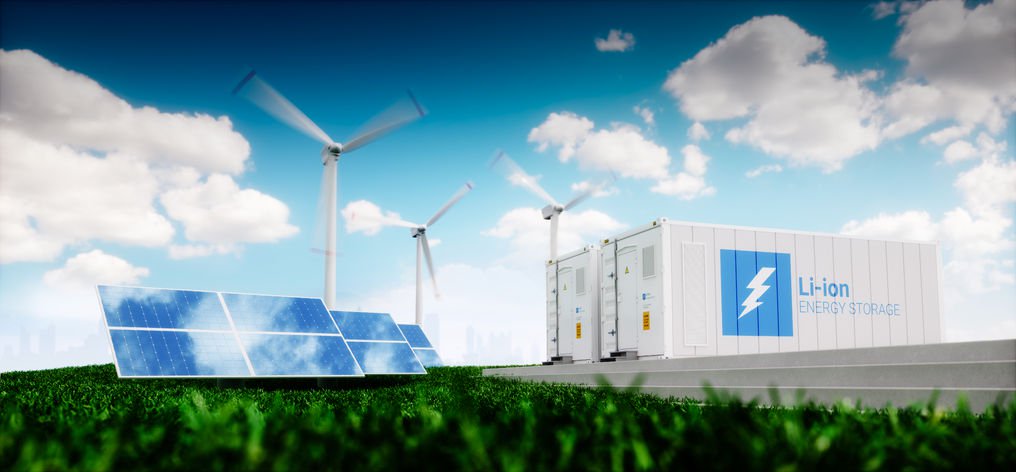Case study: Blockchain technology is being put to the test in northern Europe, writes Jean-Baptiste Cornefert of Sonnen.
A quick view into the future: it is the year 2030 and Paul, a homeowner with his own photovoltaic system and battery storage, checks his electricity bill. His neighbour Sam got 12kWh of solar power from Paul’s house roof today. Amanda, the elderly lady a few blocks away, has consumed 5kWh of solar power from Paul. Both charges Paul sees on his online portal. The transactions are registered with a blockchain and the compensation is immediately credited to Paul’s bank account.

Those energy transactions happen thousands of times every second, and are continuously and consistently registered on a myriad of single computers around the world with a blockchain. A blockchain is a database that is organised decentrally. A main server that stores all operations is no longer needed. All distributed computers store the information that Sam got 12kWh of solar power from Paul. After a certain time, all accumulated information is then combined into a block and provided with a kind of checksum. This checksum is then included in the data of the next block. This makes the blockchain very secure against subsequent manipulation. If an individual transaction is subsequently modified on a computer, this is immediately noticeable because a whole chain of checksums is no longer correct.
For the energy supply of the future, the blockchain is the key technology. It digitally links up millions of decentralised generators of clean energy and documents their output, even at the smallest level between Paul’s PV system and his neighbour Sam. Finally, Paul produces and consumes his electricity himself and sells the surplus energy that he does not need himself. Miles of transmission networks that transport electricity over long distances are needed in a much lower scale.
Read more: Energy Storage News